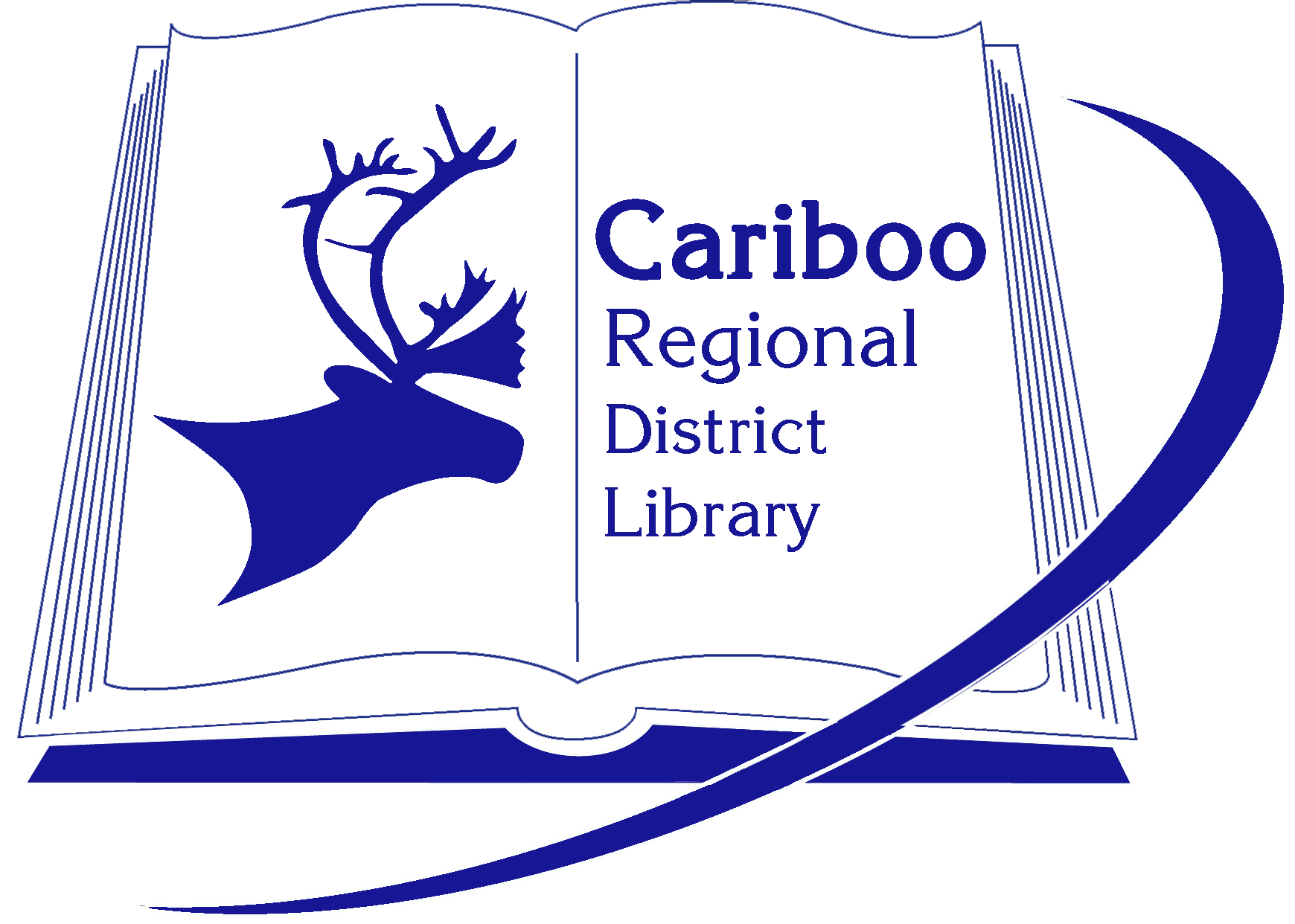We offer a variety of memberships across the Cariboo. Read below what you will need to bring to your branch to register for a library card.
Cariboo residents: Apply for a card at any CRDL branch. You will need valid photo ID with proof of your current Cariboo address. If you are new to the area, bring ID and a lease agreement, property tax notice, stamped mail, etc. to prove your residency or to show that you own property in the Cariboo. You may checkout 99 items on your library card, however, audiovisual items (DVDs, CDs, Audiobooks) are limited to 6 items in each.
Temporary residents: Apply for a card with proof of your permanent address and valid photo ID. These cards are intended for patrons who plan to be in the area for 2-6 months and are not eligible for a BC OneCard. A refundable deposit of 25.00$ (cash only) is required to register. If all items are returned and the card surrendered, a refund will be given within 1 year of opening the account. This card can have a total of 5 items checked out at a time. You may request ILC items with this account, but you cannot borrow through ILL. Temporary residents cannot access our eBook catalogue through Libby.
Non-residents: Apply for a card with proof of your permanent address and valid photo ID. A fee of 25.00$ applies on an annual basis as this card will expire every year. If you do not own property in the Cariboo but visit seasonally, you may pay for a non-resident card. If you have applied for a temporary resident card in the past and have surrendered that card, you will need to pay the non-resident fee the next time you apply. Non-residents have full access to the library system, including the eBook catalogue and borrowing ILLs.
BC OneCard: A library card from any public library in BC can be registered at any CRDL branch. The physical library card and valid photo ID must be present to register. Your BC OneCard can have a total of 5 items checked out at one time, including audiovisual materials. These limits only apply to the CRDL, other BC libraries may have their own borrowing limits.
